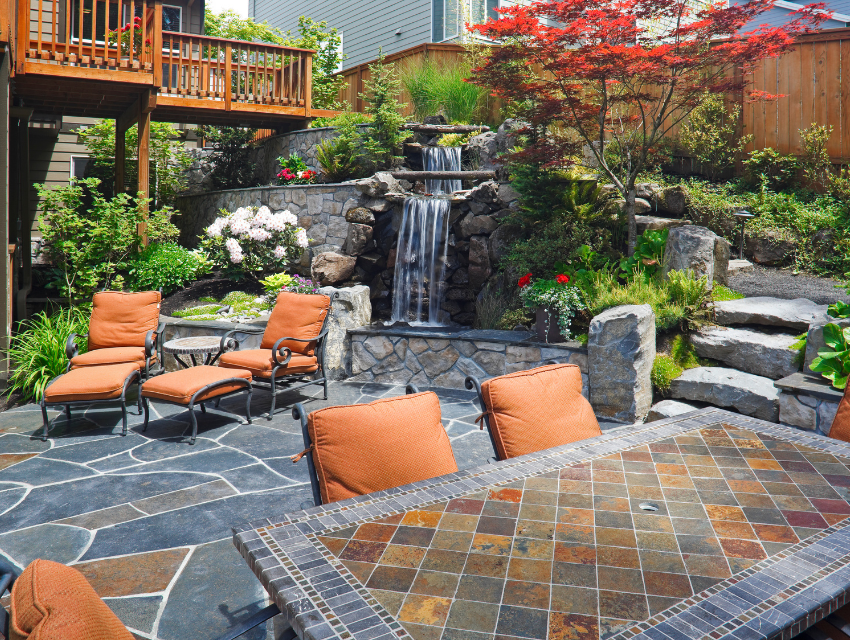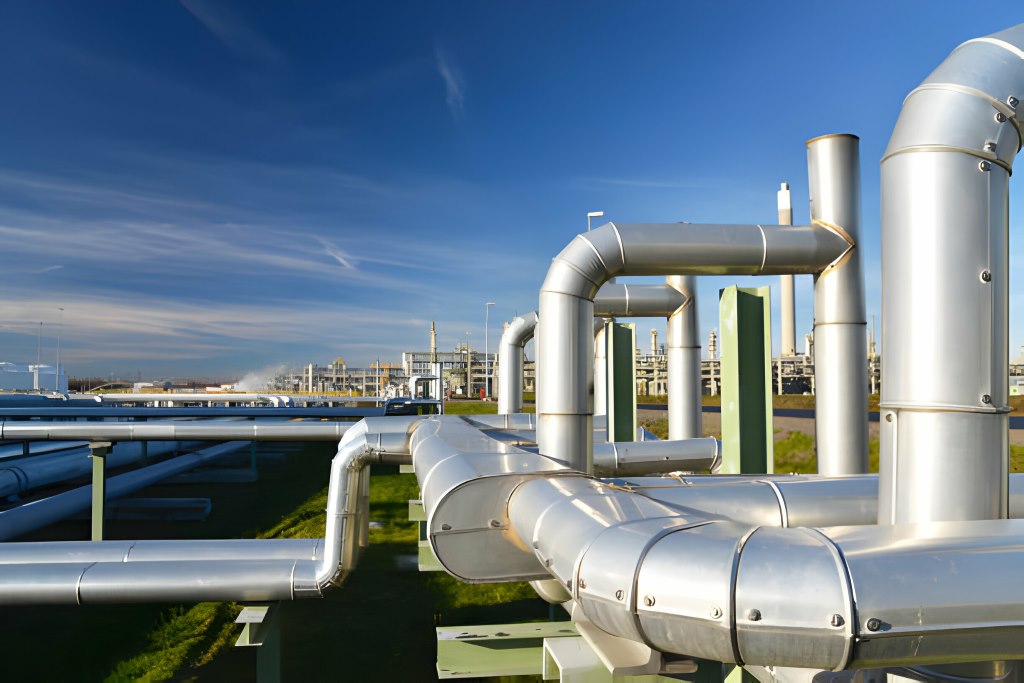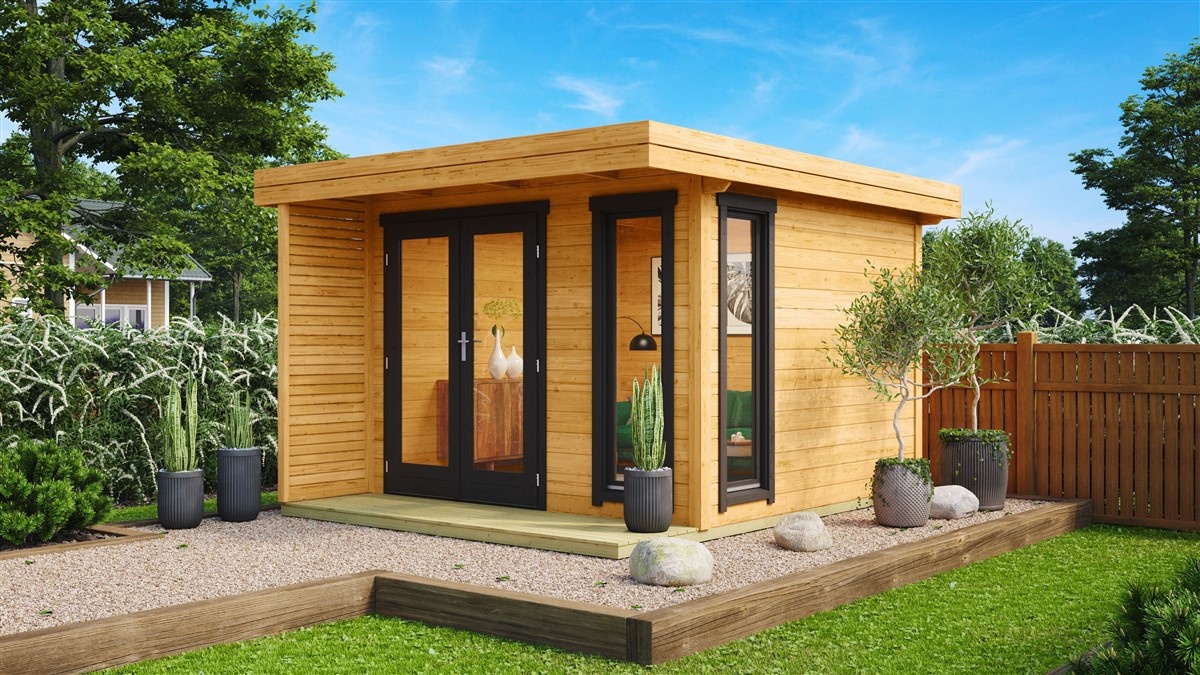Modern Solutions for Plumbing Woes: Why Pipe Relining Reigns Supreme in Repairs

In the world of plumbing, issues such as leaks, blockages, and deteriorating pipes are common challenges that homeowners and businesses face. Traditionally, fixing these problems involved invasive methods that often required extensive excavation and disrupted daily activities. However, in recent years, a revolutionary technique known as pipe relining has emerged as a modern and efficient solution to address plumbing woes.
Understanding the Pipe Relining Process
Pipe relining, also known as trenchless pipe repair, is a method that allows plumbers to repair or replace damaged pipes without the need for extensive digging. Instead of excavating the entire pipe, technicians access the affected area through one or two small access points. This minimally invasive approach is not only more time-efficient but also significantly reduces the disruption caused to the property and its occupants.
The process begins with a thorough inspection of the pipes using advanced camera technology. This allows plumbers to identify the exact location and extent of the damage. Once the assessment is complete, a flexible resin-saturated liner is inserted into the damaged pipe. The liner is then inflated, ensuring it adheres to the interior of the existing pipe, creating a seamless and durable new layer.

Benefits of Pipe Relining
Minimal Disruption
One of the defining features that propels pipe relining to the forefront of modern plumbing solutions is its commitment to minimal disruption. Traditional pipe repair methods often necessitate extensive excavation, transforming a routine plumbing issue into a major construction project. The impact on landscapes, driveways, and even the structural integrity of buildings can be substantial. However, with pipe relining, this narrative undergoes a remarkable shift.
The trenchless nature of pipe relining requires only small access points, a stark contrast to the sizable excavation zones demanded by traditional approaches. Homeowners and businesses alike can breathe a sigh of relief, knowing that the meticulous landscaping or carefully crafted hardscapes remain largely undisturbed. This reduction in disruption extends beyond the surface, infiltrating the daily lives of occupants with a level of convenience that traditional repairs struggle to match.
Imagine a plumbing solution that addresses issues beneath the surface without upending the rhythm of everyday life. Pipe relining achieves precisely that, allowing occupants to carry on with their routines while skilled technicians navigate the intricacies of repairing or replacing damaged pipes. In the pursuit of resolving plumbing woes, the concept of minimal disruption becomes a tangible reality, and it is this characteristic that cements pipe relining as a beacon of efficiency and homeowner-friendly innovation.

Cost-Effective
Beyond its minimal disruption, one of the compelling factors that positions pipe relining as a leading solution in plumbing repairs is its inherent cost-effectiveness. Traditional methods often involve a significant financial investment, driven by the extensive labor, materials, and equipment required for large-scale excavation and replacement. In contrast, pipe relining introduces a paradigm shift by streamlining the repair process, resulting in a more economical alternative.
The reduced need for excavation translates directly into lower labor costs, as the intricate and time-consuming task of digging trenches is minimized. Moreover, the efficiency of the pipe relining process contributes to a shorter overall timeline for completing repairs. This not only minimizes the inconvenience caused to occupants but also reduces the associated labor costs, making it a financially prudent choice for homeowners and businesses alike.
Additionally, the cost-effectiveness of pipe relining extends to the materials used in the repair process. The flexible resin-saturated liner, when strategically placed and inflated within the damaged pipe, forms a robust and durable layer. This innovative approach to reinforcing existing pipes often eliminates the need for extensive material replacement, further contributing to the economic viability of the solution.
Time Efficiency
Time efficiency stands as a cornerstone in the realm of plumbing repairs, and it is precisely in this arena that pipe relining ascends as a modern solution with unparalleled efficacy. Traditional methods of addressing plumbing issues often unfold as prolonged endeavors, spanning days or even weeks, subjecting occupants to extended periods of inconvenience. In stark contrast, pipe relining redefines the temporal landscape of plumbing repairs, offering a swift and streamlined alternative.
The key to the time efficiency of pipe relining lies in its trenchless methodology. Traditional repairs necessitate extensive excavation, introducing a series of sequential steps that consume valuable time. Excavation, removal of damaged pipes, replacement, and subsequent backfilling all contribute to a protracted timeline. Pipe relining, on the other hand, condenses these stages significantly.
The initial inspection phase, facilitated by advanced camera technology, efficiently pinpoints the precise location and extent of the damage. Armed with this knowledge, skilled technicians strategically insert the resin-saturated liner into the damaged pipe through minimal access points. Once in place, the liner is inflated, seamlessly adhering to the interior of the existing pipe. This meticulous process unfolds with remarkable speed, often allowing for completion within a single day.
The expeditious nature of pipe relining translates into minimal downtime for occupants, a crucial factor for both homeowners and businesses. Daily routines remain largely undisturbed, and the swift resolution of plumbing issues ensures a prompt return to normalcy. This time efficiency not only enhances the convenience for those inhabiting the space but also contributes to the overall cost-effectiveness of the solution.
Durability
Durability stands as a paramount consideration in the evaluation of plumbing solutions, and it is in this domain that pipe relining distinguishes itself as a resilient and lasting remedy for the myriad challenges posed by damaged pipes. Traditional repair methods, while addressing immediate concerns, may often fall short in providing a long-term safeguard against the ever-present threats of corrosion, root intrusion, and other structural compromises. In contrast, the durability of pipe relining takes center stage, offering a robust defense against the rigors of time and environmental factors.
At the heart of the durability of pipe relining is the material used in the process. The flexible resin-saturated liner, once installed and inflated within the existing pipe, creates a seamless, joint-free layer that is not only resistant to the common issues plaguing traditional pipes but also resilient in the face of future challenges. This innovative approach effectively fortifies the structural integrity of the pipe, providing a protective barrier that withstands the corrosive effects of water, soil, and other external elements.
Moreover, the durability of pipe relining extends to its adaptability across various pipe materials, including PVC, cast iron, clay, and concrete. This versatility ensures that the solution is not confined to specific plumbing systems but can be applied across a spectrum of scenarios, further emphasizing its resilience in diverse environments.

Versatility
Versatility stands as a hallmark of innovation, and in the realm of plumbing repairs, pipe relining emerges as a versatile and adaptable solution, capable of addressing a diverse array of challenges across different pipe materials and systems. This flexibility sets pipe relining apart from traditional repair methods, offering a comprehensive and future-ready approach to plumbing issues.
One of the defining features of the versatility of pipe relining is its compatibility with various pipe materials. Whether the plumbing system comprises PVC, cast iron, clay, or concrete pipes, pipe relining seamlessly integrates with these materials. This adaptability not only simplifies decision-making for property owners but also positions pipe relining as a universal solution applicable to a wide spectrum of scenarios.
The trenchless methodology employed in pipe relining adds another layer to its versatility. Unlike traditional repairs that necessitate extensive excavation and are often limited by physical constraints, pipe relining requires only small access points. This makes it suitable for a range of settings, from residential properties with confined spaces to commercial structures with intricate layouts. The adaptability of pipe relining to different environments underscores its versatility as a solution that transcends the boundaries of traditional plumbing methods.
Environmental Friendliness
Amid the growing global emphasis on sustainability and environmental responsibility, the concept of environmental friendliness has become a pivotal criterion in evaluating modern solutions. In the domain of plumbing repairs, the trenchless innovation of pipe relining emerges as an eco-conscious alternative, minimizing the environmental impact associated with traditional excavation-based methods.
One of the primary contributors to the environmental friendliness of pipe relining lies in its reduced need for excavation. Traditional repairs often entail significant disruption to soil, landscaping, and sometimes even nearby vegetation. This process not only contributes to ecosystem disturbance but also demands the use of heavy machinery, escalating the carbon footprint associated with the repair. In contrast, pipe relining’s trenchless approach eliminates the large-scale excavation, curbing soil disruption and significantly reducing the need for heavy equipment.
Furthermore, the materials used in pipe relining contribute to its environmental friendliness. The resin-saturated liner, once installed, forms a durable layer that resists corrosion and other common issues, thereby minimizing the need for frequent replacements. This longevity translates into a reduction in material consumption, presenting a sustainable alternative to traditional methods that may require frequent replacements and contribute to increased waste.
Preventive Maintenance
Beyond its role in addressing existing plumbing issues, pipe relining distinguishes itself as a proactive and strategic tool in the realm of preventive maintenance. This forward-thinking approach sets pipe relining apart from traditional repair methods, offering property owners not only a solution for the present but also a robust defense against potential future challenges.
The essence of preventive maintenance lies in the newly installed lining’s ability to serve as a protective barrier within the existing pipe. This innovative layer acts as a shield, guarding against common issues that plague traditional pipes, including corrosion, root intrusion, and structural deterioration. By fortifying the interior of the pipe, pipe relining minimizes the risk of future damage, extending the overall lifespan of the plumbing system.
Traditional repairs, while effective in resolving immediate concerns, often lack the foresight inherent in preventive measures. Pipe relining, on the other hand, aligns with a proactive mindset, anticipating potential issues and precluding them before they escalate into major problems. This approach not only saves property owners from the inconvenience of recurrent repairs but also contributes to long-term cost savings.
The preventive maintenance aspect of pipe relining is particularly advantageous in environments where the risk of damage is heightened. For instance, properties with a history of tree root intrusion or those situated in regions with corrosive soil conditions can benefit significantly from the protective layer provided by pipe relining. By addressing vulnerabilities before they manifest as visible issues, property owners can secure the integrity of their plumbing systems and avoid the associated disruptions.
Conclusion
In the realm of plumbing repairs, embracing modern solutions is crucial for efficiency, cost-effectiveness, and sustainability. Pipe relining stands out as a superior option, offering a host of benefits that make it an attractive choice for homeowners and businesses alike. Its minimal disruption, cost-effectiveness, durability, and environmental friendliness position it as a leading technology in the plumbing industry. As we continue to advance in the field of construction and infrastructure, innovations like pipe relining exemplify the positive impact technology can have on age-old challenges, providing a glimpse into the future of plumbing repairs.




